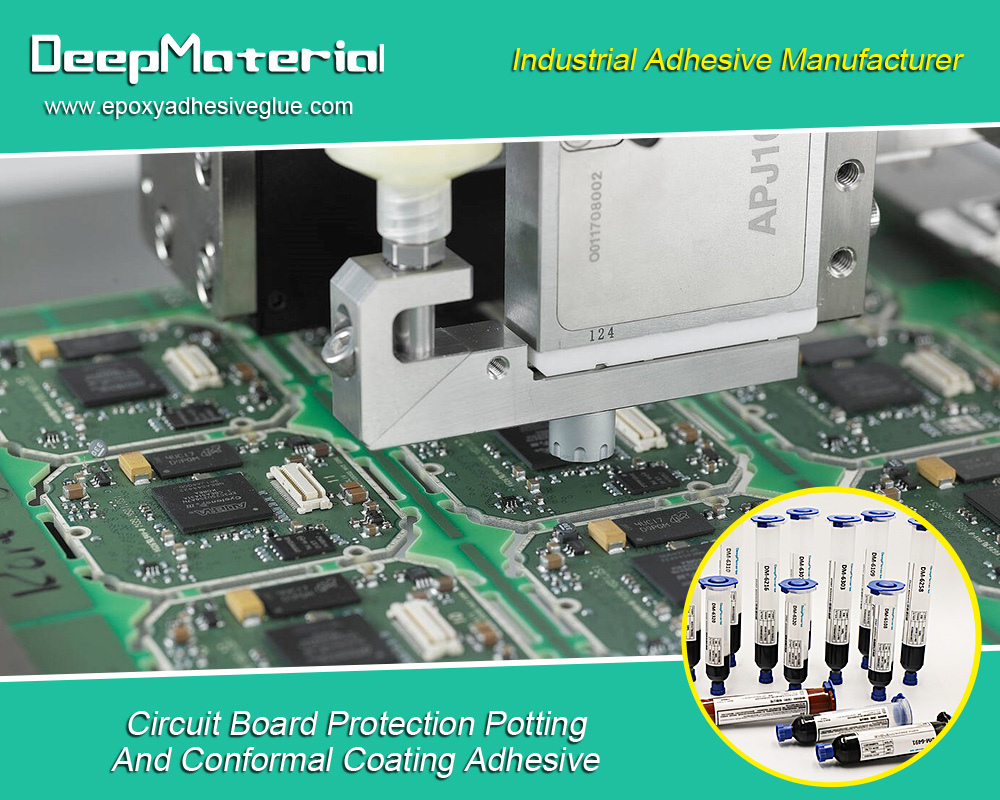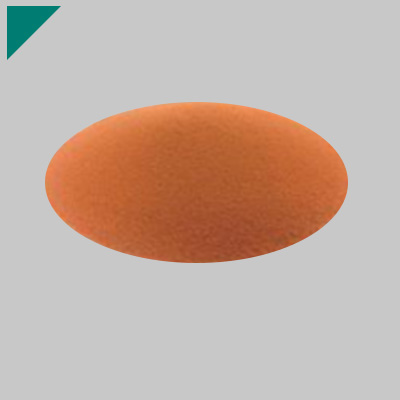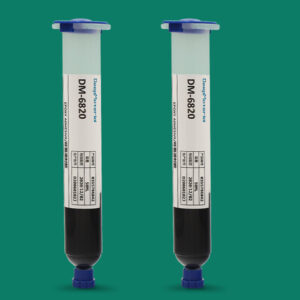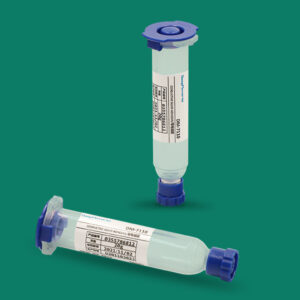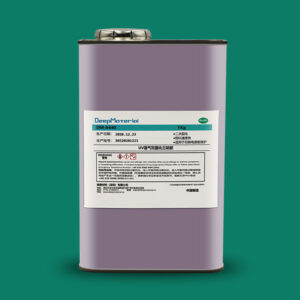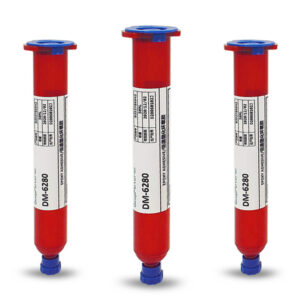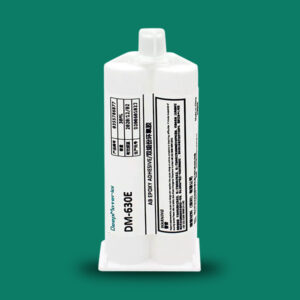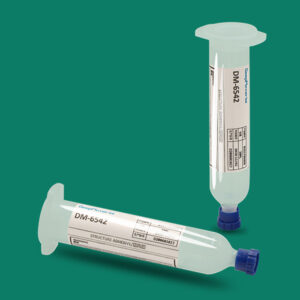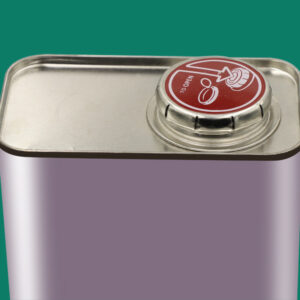7 Innovative Uses of UV Cure Adhesive For Metal in Manufacturing
7 Innovative Uses of UV Cure Adhesive For Metal in Manufacturing
UV cure adhesive, activated by ultraviolet light, stands out in the realm of adhesives for its distinctive advantages, especially in metal bonding applications across various industries, including manufacturing. This adhesive type surpasses traditional bonding methods by offering a robust and lasting connection, minimizing waste, enhancing operational efficiency, and reducing manufacturing expenses.
In the manufacturing world, UV cure adhesive is gaining ground for joining metal parts. This type of adhesive uses a photochemical reaction activated by UV light. Once exposed to UV light, the adhesive quickly hardens, forming a solid bond between metal surfaces. This method is both rapid and effective, leading to quicker assembly lines and improved productivity.
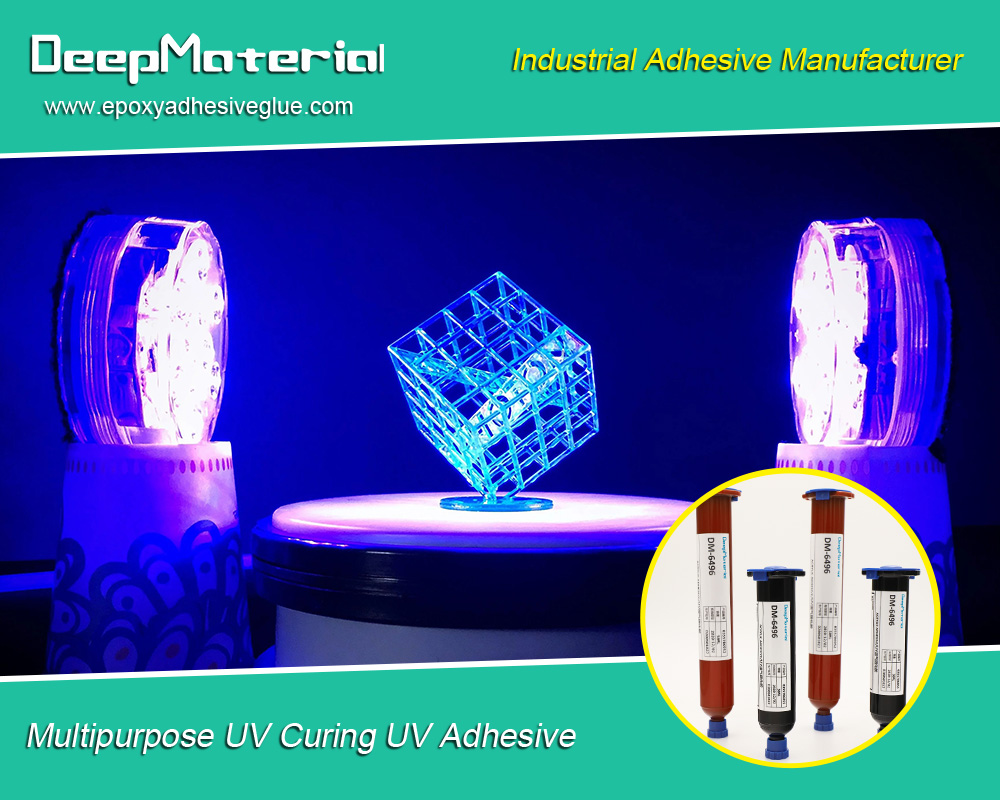
How UV Cure Adhesive Works on Metal
The curing process for UV cure adhesive involves a sequence of chemical reactions set off by UV light exposure. When this adhesive is spread onto metal surfaces, it stays liquid or somewhat gooey until UV light shines on it. The UV light starts a photochemical reaction, making the adhesive harden by polymerizing.
The time it takes for UV cure adhesive to cure on metal depends on several things. The UV light’s strength and the specific kind of UV light significantly influence how quickly the adhesive cures. Usually, stronger light and shorter light waves mean the adhesive will cure faster. How thick the layer of adhesive is and what metal you’re sticking together also play a part in the curing time.
This adhesive works well with many metals, like steel, aluminum, copper, and titanium. But, some metals might need extra prep or a primer to stick well. Always check what the adhesive maker recommends when using it with different metals.
Innovative Use #1: Bonding Metal to Glass
In industries like automotive, electronics, and architecture, bonding metal to glass presents a significant challenge. Traditional methods often compromise either the bond’s strength or aesthetic appeal. UV cure adhesive emerges as a superior solution, establishing a strong, durable connection that withstands the stresses typical in such applications.
It ensures a seamless link between metal and glass, crucial in areas where aesthetics are paramount. This adhesive is increasingly used in automotive for attaching rearview mirrors to windshields, and in electronics for assembling touchscreens, offering a clear advantage with its strong, vibration-resistant bond that enhances both functionality and design.
Innovative Use #2: Joining Dissimilar Metals
Joining dissimilar metals is a complex task due to their different properties, often leading to issues like corrosion and thermal incompatibility. UV cure adhesive presents an innovative solution by forming a uniform bond that resists corrosion and accommodates temperature fluctuations and mechanical stress. This adhesive simplifies the assembly process by eliminating the need for mechanical fasteners or welding, making it an ideal choice for the aerospace industry to bond aluminum to titanium and the automotive industry to create hybrid structures of steel and aluminum. The result is a reliable and efficient bonding method that meets the stringent requirements of these industries.
Innovative Use #3: Creating Strong, Lightweight Metal Structures
The demand for strong yet lightweight metal structures is increasing across the aerospace, automotive, and construction industries. UV cure adhesive is pivotal in meeting this demand by allowing the bonding of lightweight metals such as aluminum and magnesium without compromising strength.
It ensures a durable bond that can withstand significant stresses, making it possible to reduce the overall weight of structures while maintaining their integrity. Aerospace applications include bonding aluminum or composite panels for lightweight, robust aircraft components. In the automotive sector, it’s used to assemble lightweight vehicle frames, enhancing fuel efficiency without sacrificing safety.
Innovative Use #4: Bonding Metal to Plastic
The challenge of bonding metal to plastic stems from their disparate properties, making a durable and aesthetically pleasing bond difficult to achieve with traditional methods. UV cure adhesive, however, offers a solution by providing a strong, lasting bond that withstands the demands of various applications. This is particularly valuable in the production of consumer electronics and automotive interiors, where a seamless appearance is essential.
The adhesive is utilized in electronic device assembly to ensure a secure connection between metal components and plastic housings, and in automotive interiors for integrating metal accents with plastic surfaces, emphasizing its versatility and effectiveness.
Innovative Use #5: Enhancing Metal Coatings and Finishes
UV cure adhesive significantly contributes to enhancing the appearance and durability of metal coatings and finishes, crucial for consumer electronics, automotive parts, and architectural components. By acting as a protective layer, it shields metal surfaces from environmental damage while adding functional properties like anti-scratch and anti-fingerprint features.
This application is particularly beneficial in the consumer electronics industry, where it protects and enhances the appearance of metal casings on smartphones and laptops. In the automotive industry, it’s used on decorative trims and exterior coatings to improve their resistance to wear and tear, showcasing the adhesive’s ability to improve both functionality and aesthetics.
Innovative Use #6: Improving Metal-to-Rubber Bonding
Bonding metal to rubber efficiently has been a longstanding challenge due to their differing properties. UV cure adhesive offers an innovative solution by creating a bond that is both strong and durable, capable of withstanding typical stresses. This method is indispensable in the automotive industry for affixing rubber seals or gaskets to metal components, ensuring a leak-proof connection.
It’s also utilized in the medical industry for assembling devices, providing a bond that is not only hygienic but also compatible with strict medical standards. This showcases the adhesive’s ability to facilitate a clean, robust bond between metal and rubber components.
Innovative Use #7: Streamlining Metal Assembly Processes
The traditional assembly of metal components often requires complex, time-consuming methods like welding or brazing. UV cure adhesive offers a streamlined alternative by allowing for quick, precise bonding without additional equipment or labor. This approach not only simplifies the assembly process but also ensures uniform bonding across different metal surfaces.
Its application in the electronics industry for attaching metal heat sinks to components exemplifies how it simplifies device assembly. Similarly, in furniture manufacturing, it enables the quick and efficient assembly of metal frames, demonstrating its role in enhancing production efficiency and reducing assembly time across various applications.
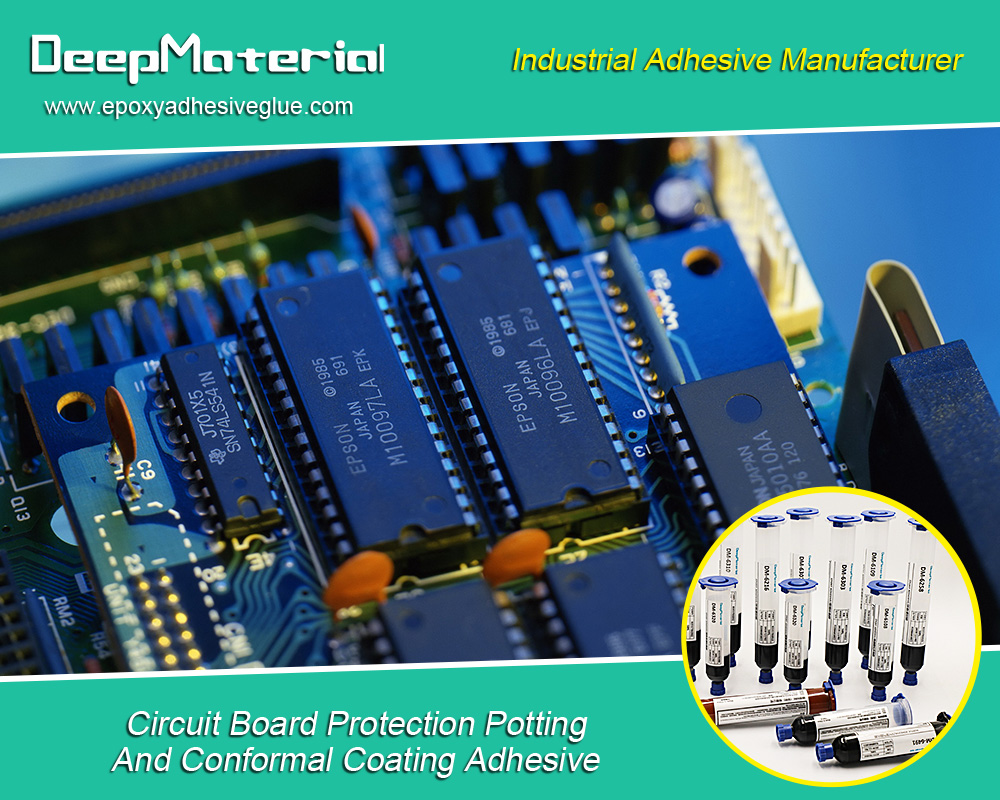
Conclusion – The Future of UV Cure Adhesive for Metal in Manufacturing
UV cure adhesive stands out as a game-changer for metal bonding within the manufacturing sector, offering numerous advantages like quicker curing times, robust connections, minimal waste, heightened efficiency, and reduced costs. These benefits make it an appealing option across multiple fields.
The significance of UV cure adhesive in the manufacturing landscape is undeniable. Its distinct qualities and advantages position it as an indispensable asset for achieving durable, dependable, and efficient metal bonds. From securing metal to glass, connecting varied metals, fabricating lightweight structures, augmenting coatings and finishes, to improving metal-to-rubber adhesion and simplifying assembly processes, UV cure adhesive introduces cutting-edge solutions that propel industry advancements.
For more about choosing the 7 innovative uses of UV cure adhesive for metal in manufacturing, you can pay a visit to DeepMaterial at https://www.epoxyadhesiveglue.com/category/epoxy-adhesives-glue/ for more info.


